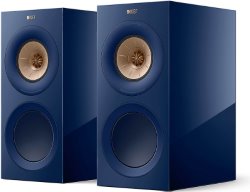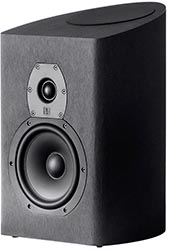KEF R3 Meta vs. Monoprice Monolith THX-265B
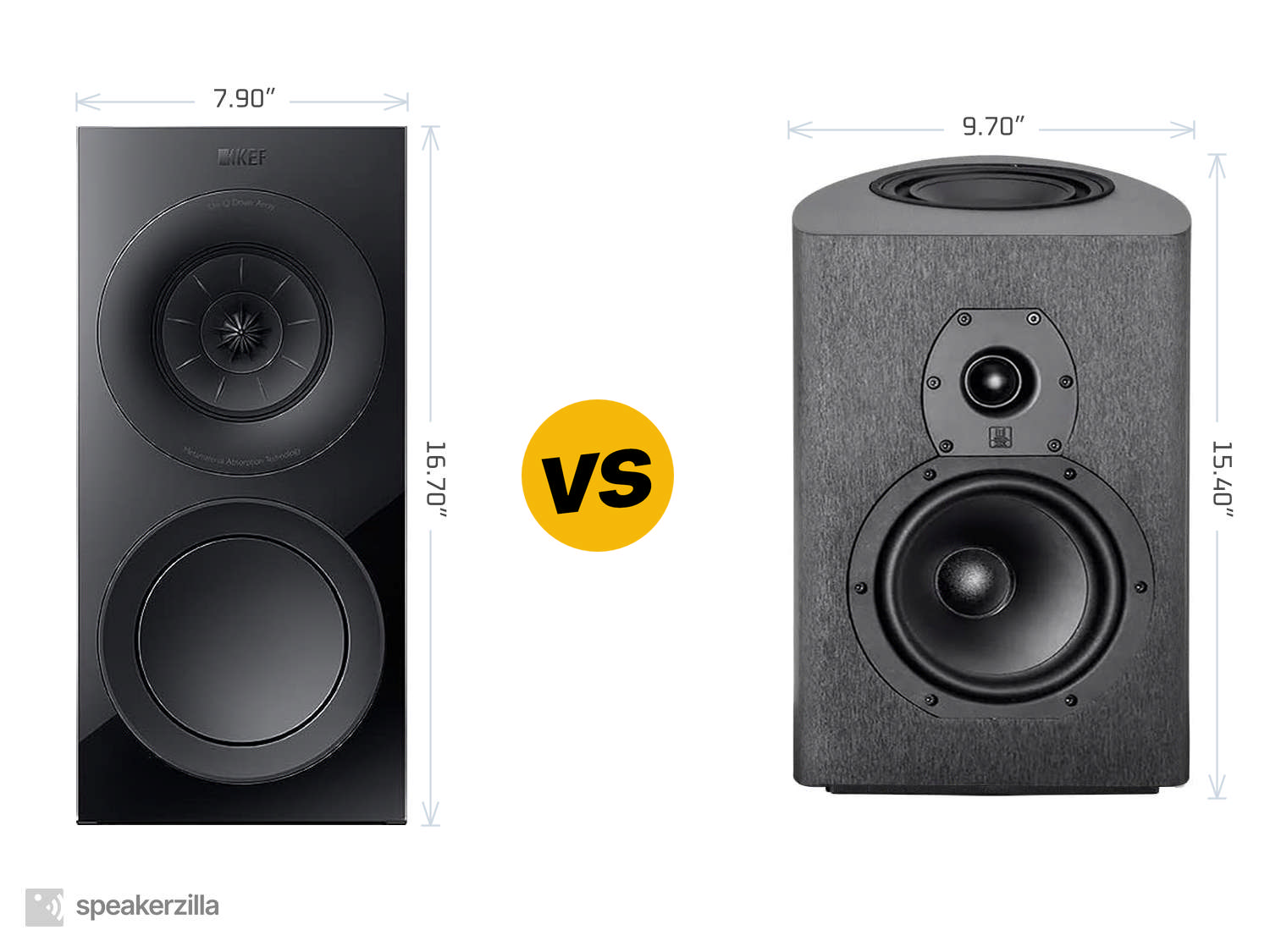
| KEF R3 Meta Bookshelf Speakers | Monoprice Monolith THX-265B Bookshelf Speakers |
| MSRP | |
| $2200 | $800 |
| Dimensions (H × W × D) | |
|
16.70” × 7.90” × 13.50” 424mm × 201mm × 343mm |
15.40” × 9.70” × 11.40” 391mm × 246mm × 290mm |
| Power Type | |
| Passive | Passive |
| Frequency Response | |
| 58-28,000 Hz | 65-24,000 Hz |
|
Amazon.com
|
Amazon.com
|
Key Takeaways
TLDR Summary: In the battle of bookshelf titans, the KEF R3 Meta, with its revolutionary Metamaterial Absorption Technology, offers an impeccably clear and refined sound stage that caters to audiophiles seeking nuance and detail. On the other flank, the Monoprice Monolith THX-265B delivers a THX-certified experience, promising cinematic vigor at a far more accessible price point. Both speakers excel within their realms—the R3 Meta enchants in high-fidelity finesse, while the THX-265B thrives in robust, room-filling performance. Choosing between the two ultimately hinges on one's priorities: sonic purity versus cost-effective, dynamic audio.
Speaker Comparison
When it comes to savoring the full-bodied flavor of music, the choice of speakers is paramount. In the realm of bookshelf speakers, the KEF R3 Meta and the Monoprice Monolith THX-265B are like two sumptuous dishes vying for the audiophile's palate. Both offer a taste of high-fidelity audio, but with distinctly different recipes for sound reproduction. In this comparison, we'll delve into the characteristics that define these two contenders, aiming to discern the nuances that could influence your decision in selecting the right speaker for your auditory feast.
The Aesthetics and Build Quality
First, let's consider the visual and tactile aspects. The KEF R3 Meta carries a sleek, contemporary design, with the Uni-Q driver array as its centerpiece, promising seamless integration of the tweeter and midrange. The craftsmanship is exquisite, with a meticulous attention to detail that exudes luxury. In contrast, the Monoprice Monolith THX-265B takes a more utilitarian approach, with a no-frills, performance-oriented design. It's solidly built, though lacking the same level of refinement found in the R3 Meta. Essentially, KEF offers an art piece, while Monoprice opts for a workhorse aesthetic.
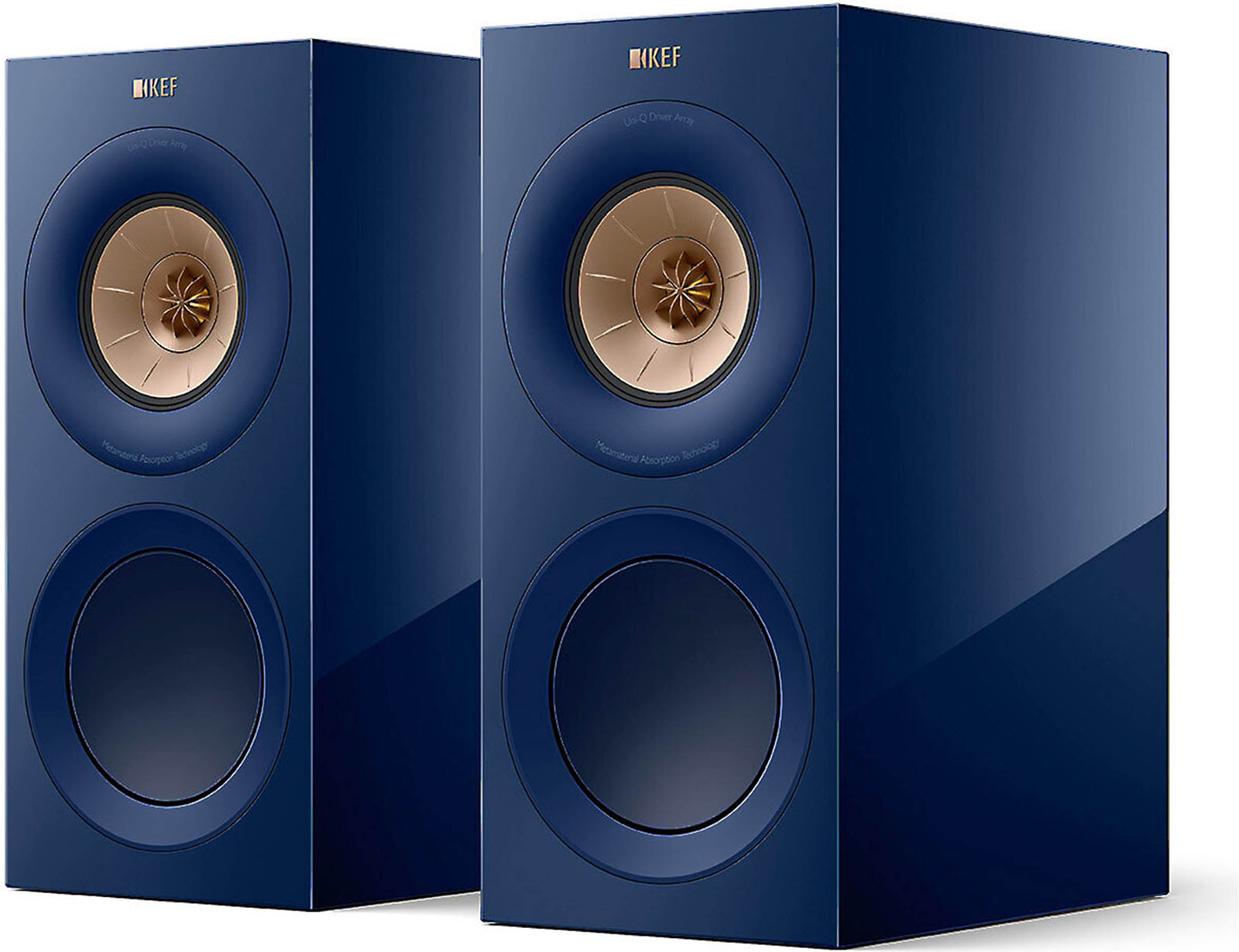
 (at Amazon.com)
(at Amazon.com)Sound Signature and Performance
Moving on to the aural experience, the KEF R3 Meta provides an open and airy soundstage that feels expansive beyond the confines of its cabinet. Its patented Meta material technology is designed to absorb unwanted high-frequency noise, resulting in a cleaner and more natural sound. The Monolith THX-265B is THX-certified, which speaks to its ability to deliver cinema-grade audio. It excels in producing clear and precise sounds, with a focus on achieving a flat frequency response for accurate representation of audio as intended by the creators.
The R3 Meta, with KEF's signature Uni-Q driver, achieves remarkable imaging and dispersion, creating an immersive listening experience where every seat is the best seat in the house. The Monoprice Monolith, with its controlled directivity, aims for a sweet spot that rewards the listener with focused and localized sound, perfect for a more personal and intense listening experience or in a home theater setup.
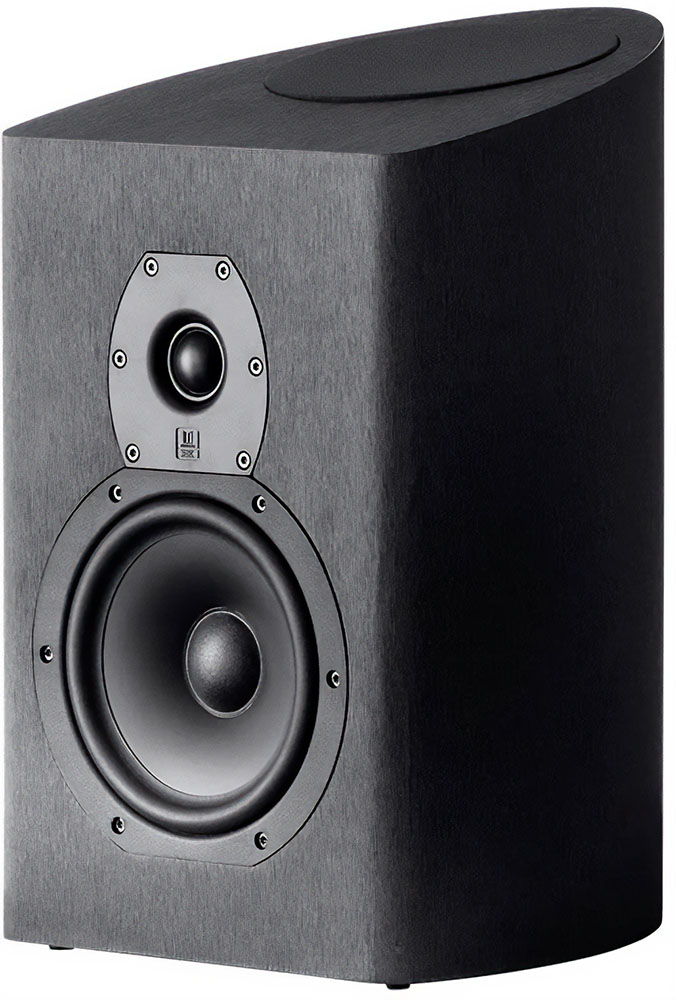
 (at Amazon.com)
(at Amazon.com)Bass Response and Power Handling
When it comes to the lower end of the spectrum, the R3 Meta surprises with its bass response, given its modest size. The bass is taut and well-defined, a testament to KEF's engineering prowess. However, for those craving the visceral impact of deep bass, the Monolith THX-265B might be the more suitable partner. Its dual 6.5-inch woofers promise robust and muscular bass, essential for both music that demands a strong rhythmic foundation and movies that require ground-shaking effects.
Compare to similar speakers
Power handling is another crucial aspect of performance. The KEF R3 Meta is comfortable with a wide range of amplification, from modest integrated amps to high-power separates. This versatility is a clear advantage for users who might upgrade their system over time. Conversely, the Monoprice Monolith THX-265B demands a bit more from the amplifier to truly shine. With its THX certification, it's designed to perform at theater-like levels, which means pairing it with a capable amp is key to unleashing its full potential.
In conclusion, the KEF R3 Meta and Monoprice Monolith THX-265B bookshelf speakers offer distinct takes on high-fidelity audio. The R3 Meta is the refined choice for those who value subtlety, design, and an enveloping soundstage, while the Monoprice Monolith is geared towards the enthusiast seeking THX-certified performance and impactful bass. Your selection ultimately hinges on personal preferences and the specific requirements of your listening space and audio system.
It's worth noting that both speakers will benefit from proper placement and room treatment. Whether you lean towards the elegance of the KEF R3 Meta or the raw power of the Monoprice Monolith THX-265B, the environment plays a significant role in the overall sonic character. No speaker operates in a vacuum, and these two are no exception.
To sum it up, one might say the KEF R3 Meta is akin to a fine wine, complex and layered, delivering a sensory delight with each note. The Monoprice Monolith THX-265B, on the other hand, is like a rich, full-flavored bourbon, robust and impactful, demanding your attention. Both have their place at the audiophile's table, so choose according to your taste and relish the auditory feast that awaits you.
- KEF R3 Meta reviews and FAQs
- Monoprice Monolith THX-265B reviews and FAQs
Check Current Prices: |
|
|
Amazon.com
|
Amazon.com
|
Affiliate Disclosure: As an Amazon Associate, we earn from qualifying purchases.
